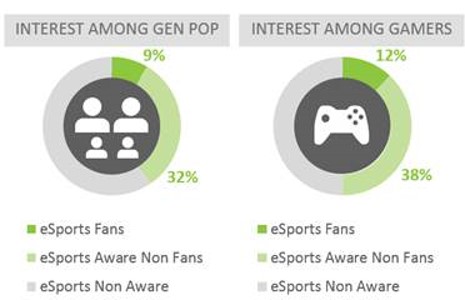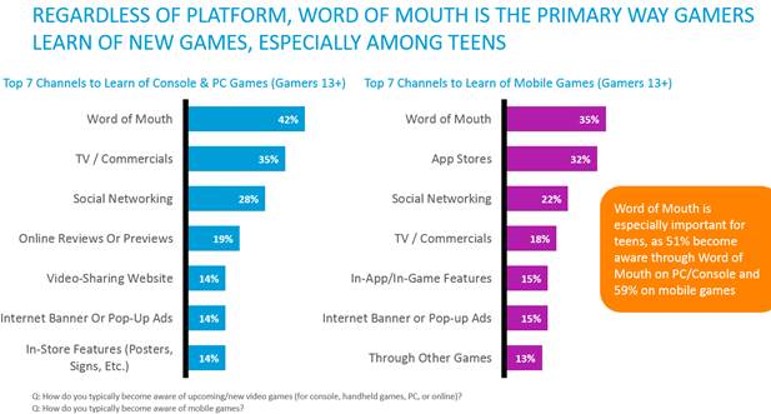Nielsen has released a new report, Nielsen 360 Gaming Report: Mobile, eSports and VR Expand and Increase Engagement, which analyzes gaming trends and explains how they appeal to a broad range of players across different age groups.
“The definition of ‘gaming’ continues to evolve, and mobile gaming is playing a large role in broadening traditional perspectives,” states the report. “While many consider ‘gamers’ to be a niche group of PC and console players, the rise of mobile gaming has expanded the definition to a much wider group. While gamers from yesterday might have been more likely to be teenagers playing Halo down the street, mobile gaming apps have made the activity more accessible to the masses–even the grandmother next door.”
The first statistic the report broke down talks about how mobile gaming is just as appealing to women as it is to men, especially in comparison to other forms of play. 51 percent of men and 49 percent of women ages 13 and up love to play video games. Over on consoles, 65 percent of the general gaming audience are men.
With mobile gaming, the general player is aged at 36, while console players (Xbox One, PlayStation 4) are between 31-34 years of age.
The report also touches on eSports, explaining how roughly 10 percent of the population show interest in these competitions, with fans more likely to be male (by 81 percent) and in the millennial group (51 percent). Fans also come from a higher average income group, making at least $69,000 — making tournaments a huge draw for marketing partners.

Virtual reality and augmented reality were also covered in the report. Though Nielsen states that only 16 percent of gamers are aware of its availability, they will eventually “change the way consumers game as well as the way people consume other forms of entertainment,” noted the report.
But the big focus went towards how marketers can reach out to gamers. While some campaigns have proven effective with TV and online advertising, the biggest draw to both console and mobile games seems to be word-of-mouth. 42 percent of players learn more about their favorite Xbox One/PS4 games in this way, while 35 percent of mobile users tell their friends about their experiences. Other popular choices include app stores, social networking, and TV commercials.


